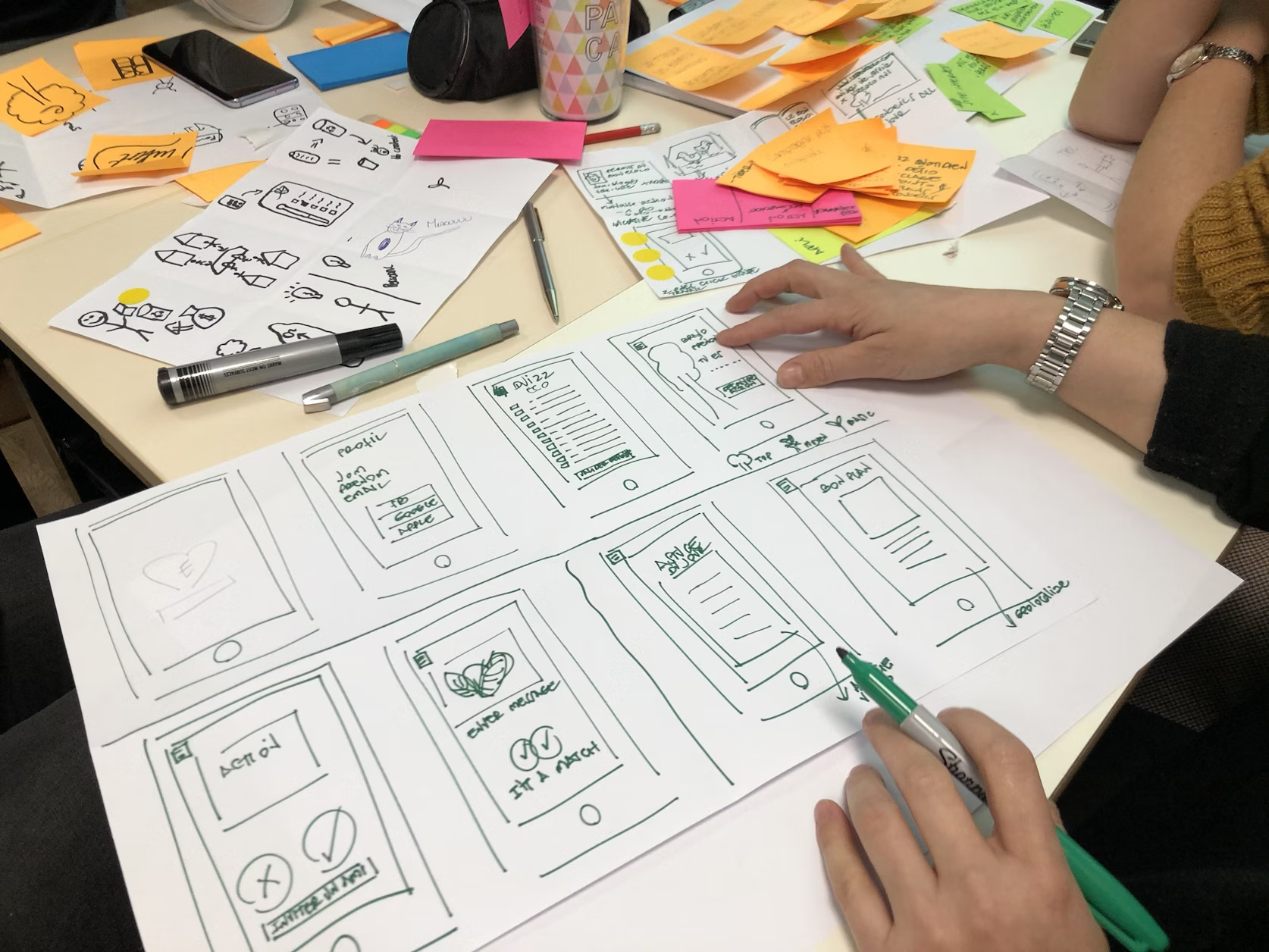
There’s a need to ensure that we maintain a balance between quality and speed, especially in teams building design systems, digital templates, or user interfaces. Developers and designers often need to invest a huge chunk of time in manually monitoring UI components, verifying interactions, and resolving defects post-launch. It is a known fact that manual testing takes up the biggest chunk of time in the testing phase.
Automated testing makes its entrance here. It is a time-saving asset for the design and UI/X teams and not just a developer tool. Right from identifying visual regressions to making sure the component consistency across multiple platforms, test automation completely changes the rules on how teams can build and maintain functional, beautiful digital solutions.
Let us explore how test automation drastically brings down the manual effort and accelerates the design-to-release activities.
Getting Rid of Repetitive Manual Monitoring
Front-end developers and designers need to regularly verify layouts, spacing, component alignment and fonts after every modification. It demands a lot of time and is prone to errors to finish these validations manually across multiple browsers and screen sizes.
With automation, these laborious tasks can be easily rectified by tools that are designed and built to precisely identify modifications in the user interface. There are visual regression testing tools that automatically capture screenshots of various UI states and compare them with earlier iterations. This makes it much easier to identify even the smallest visual differences.
Imagine a situation where the developer makes changes to a line of CSS and unintentionally moves a button a few pixels. In the absence of automated tools, these modifications may get overlooked till much later, even maybe until release. However, with automated tools, these defects can be caught immediately, facilitating designers and developers to work on these bugs when the context is fresh.
Additionally, automation also guarantees that these verifications can be implemented regularly. Automated validations are repeatable and objective, in contrast to manual testing that are inconsistent and often subjective. Also, there are reduced back-and-forth repetitions between development and design, thus consistency reduces time.
Cross-browser testing is an additional functionality that helps automation, enabling teams to confirm that the user interface (UI) renders correctly in a range of settings without having to manually open a multitude of devices or browsers.
Detects Bugs Early in the Workflow
Proactive bug identification is of the biggest and most useful functionality of test automation. Bugs are frequently detected during the QA stage or even post-release in traditional workflows. Developer teams can detect issues as soon as they appear, by integrating automated tests at the development stage itself. This is a crucial step when working with the UI kits or design systems.
Different features or pages may be impacted by the repercussions of a minor change to a shared component. Automated unit and integration tests can verify that these changes don’t disrupt the already existing features.
The manual effort and cost of solving defects are drastically reduced with proactive detection. Resolving a defect becomes more cost abhorrent the longer it exists in the development pipeline, both in terms of possible user experience impact and time.
Development teams can avoid unnecessary rework by catching bugs early on in the design or prototyping phase. Automated tests, for example, can verify that models operate as expected across different screen sizes or that clickable elements have sufficient tap targets. The outcome is realized in the form of fewer design modifications and more stable builds.
Proactive bug identification through automation helps faster release cycles in DevOps or agile settings, where continuous integration and continuous delivery (CI/CD) are the standard. This matches the expectation for quick, repetitive design development.
Accelerates Release Cycles
Time is money for organizations, especially during product launch or a feature rollout. The need for iterative testing, validation and debugging delays down each release in a manual workflow. The cycle is greatly shortened by test automation, which offers continuous verification and real-time feedback.
Each time code is committed post integration into the CI/CD pipeline, the automated tests get triggered automatically. Designers and developers can address issues early on before they become roadblocks, all thanks to the instant feedback. This practice prevents delays in the eleventh hour of development. Also, automation reduced the hurdles and delays that are usually associated with the QA. Test automation brings down the need for QA teams to conduct regular validations, enabling them to focus on more complicated, exploratory testing.
The speed translates into rapid iterations for the UI/UX teams. Developers can prototype and verify new ideas without long wait times, and designers can try out and test innovative designs faster. This is especially useful for repetitive design optimizations, A/B testing and implementing end user feedback.
To put a long story short, a lean, responsive development strategy is made possible with test automation. Rapid production of updates without compromising on quality is a critical advantage in competitive markets.
Ensuring Functional and Visual Consistency
Consistency is paramount for a positive user experience when working with complicated products and is multiple UI components. Test automation helps in ensuring that screens and components implement designs and modifications consistently.
Development teams can zero down on the expected design and features of components by leveraging tools to support snapshot testing or UI component testing. An alert is generated by any discrepancy from the intended result, enabling for faster resolution.
For teams responsible for design systems, where even minor changes to one element may unknowingly affect others, this level of accuracy is critical. Teams ensure that every module or component in a design environment maintains its intended look and functionality through the plethora of updates, by running automated test suites.
Here as well, functional tests are very critical. They ensure that the user experience continues to be seamless and consistent by verifying interaction like hover states, modal behaviors, or button clicks.
Automated accessibility testing also ensures that design changes do not disrupt usability for people with disabilities. This prevents the need for drastic retroactive fixes and enabled building a more inclusive design.
Automated provided a framework for quality control for teams building UI kits, theme libraries, and templates. To make sure that the components appear and behave as expected, designers and developers are put through a rigorous testing process.
Saves Up Development and Creative Time
Developers and designers can focus on what they are most experienced, solving user problems, probe innovative concepts, and improving the product experience. This reduces the stress of manual testing.
Creative professionals such as designers can invest more time innovating than wasting hours validating component states, margin alignments, or browser compatibility. Designers can experiment with transitions, motion, or micro-interactions that revamp the user experience, developers can concentrate more on building new functionalities or improving performance.
Both morale and productivity are bolstered by this change in workload distribution. As automated tests offer a safety net, teams feel entitled to take new risks. Decreasing iterative tasks also keeps work at a high level across sprints and helps prevent burnout.
This effectiveness can be a paradigm shift for fast-growing teams and startups, where resources are often in short supply. With automations, teams can experience high output and intensive testing without giving up on quality, even with a smaller team.
At the end, test automation contributes to a culture of continued excellence in the development phase. It enables teams to concentrate on value-added work rather than monotonous maintenance, encourages best practices and uplifts coding and design benchmarks.
Work Smoothly with Automated Software Test Tools
Test automation’s ease of integration with the existing design-development workflow is its biggest functionality and benefit. Without building complicated scripts, teams can validate both visuals and functionality using advanced automated software test tools.
Since these tools are often low-code or no-code (LC/NC), designers can participate in testing without being mavericks and having decades of experience in technical testing knowledge. Automated tests are made more accessible by functionalities such as drag-and-drop, record-and-playback test creation, and natural language scripting.
Also, they assist real-world testing situations like network condition emulation, geolocation simulations, and multi-device validation. For teams, developing cross-platform UI kits or templates that need to work flawlessly in a multitude of settings, this is extremely useful.
Tests can be built from design specifications thanks to the direct incorporation of many existing tools such as Sketch, Figma and other design systems. This reduces the differences between the actual outcome and expected design.
There are automated testing products that are particular to your tech stack, regardless of whether the team is working with Angular, React, or mobile environments. Every team, from enterprises to startups, can avail faster and more reliable testing strategies thanks to this flexibility.
Conclusion
Front-end developers and designers can also harvest benefits from test automation, which is not specific to backend or QA teams. You can guarantee that the products are sophisticated, consistent and scalable by incorporating automation into the UI and UX development workflows while also saving upon time.
Automation also helps teams work faster, reduce defects and maintain visual quality in every pixel, regardless of if you are building a design templates or system for end users across the world. Adapting this technique will empower your team to not only meet the escalating demands of end-users but also future-proof the workflow and deliver dependable digital solutions at all times.



















